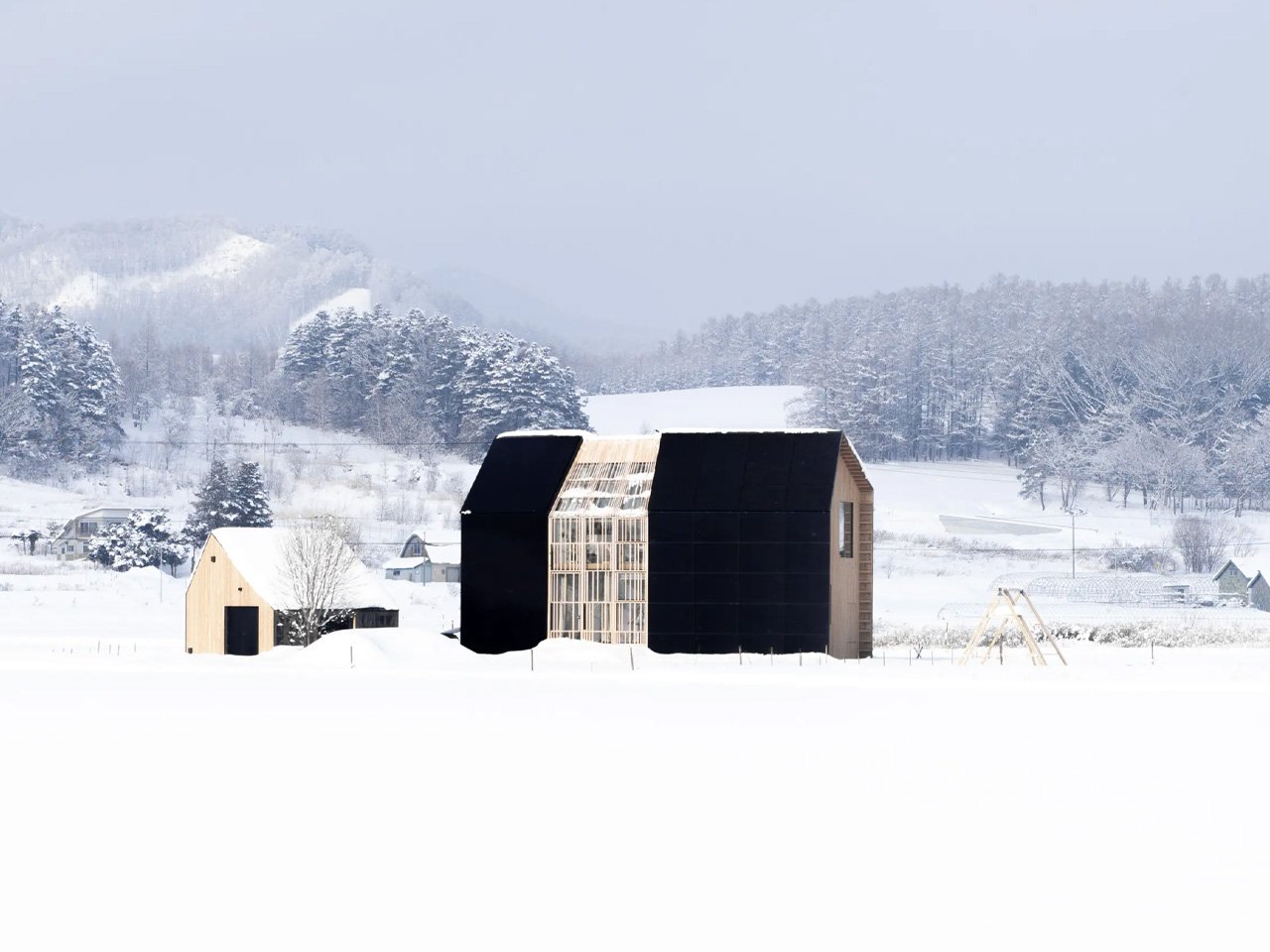24 Tips for Energy-Efficient Homes
:strip_icc()/101656856-0e4c14c160504b7c80a31360ec03d0de.jpg)
Wondering how to make your home more energy-efficient? Learn how to conserve energy and costs in your home with these expert tips for better living.
Sustainable Living
Fuel prices have soared. Electric rates are volatile. And it’s hard to ignore the economic and market uncertainties in the leading oil-producing countries. In the wake of all this, “energy efficient” is becoming more than just a buzzword; it’s a way of life for a growing number of homeowners who embrace sustainable living. It is possible to trim costs without significantly affecting your lifestyle — check out these smart ideas for energy-efficient appliances, home design, and more.
- Easy Ways to Conserve Energy at Home
Seal and Insulate
Heating and cooling costs account for 45 percent of the average home’s energy tab. To save energy at home, seal gaps and cracks in your attic and basement and around windows and doors, and make sure your home insulation levels meet or exceed your local codes.
Buy Energy-Efficient Appliances
Look for the Energy Star label when you’re shopping for home items. More than 40 product categories feature the label, including major appliances and light fixtures.
Get Tax Credits
Get a tax credit while you’re saving energy dollars. If you’re considering replacement windows, note that you can receive up to $500 for using Energy Star windows, as well as skylights and storm doors, or for adding home insulation, weather stripping, or caulk.
Landscape to Save Energy
Save energy at home with landscaping. Plant deciduous trees on the south and west sides of your house. In summer, the leaves will shade your house; in winter, the bare branches will let the sun through for added warmth.
Add a Ceiling Fan
Ceiling fans are a great way to conserve electricity year-round. They are economical and efficient, and they use about the same amount of energy as a 100-watt light bulb. In summer, set your fan to spin counterclockwise, then set your thermostat a few degrees higher to save as much as 40 percent on your cooling bills. In winter, switch fan blades to spin clockwise and save up to 10 percent on your heating bills.
Efficient Appliances
Find out if you own energy hogs by monitoring how much energy your appliances use. A Watts-Up or Kill-a-Watt meter can determine how much power appliances use.
Find the meters atwww.safehomeproducts.com
Use Outdoor CFLs
Because compact fluorescent lamps (CFLs) are rated differently than incandescent light bulbs, divide the wattage of the incandescent bulb by four to determine the CFL wattage you should use.
Modify Your Most-Used Lighting
By replacing your home’s five most frequently used light fixtures or the light bulbs in them with Energy Star-qualified models, you can save about $60 each year in energy costs. Start with your outdoor porch light, the kitchen ceiling fixture, living room lamps, and the bathroom vanity.
Change Least-Used Lightbulbs
You probably don’t need 100-watt bulbs in closets or a guest bedroom. Downgrade these and other less-used lights to 60-watt or even 40-watt bulbs to conserve home energy.
Switch a Light Switch
Save energy in your home and set the mood. A dimmer switch lets you reduce lighting when you don’t need it, and occupancy sensors turn lights off after you leave a room.
Install Skylights
Use daylight whenever possible. Install skylights in rooms with no windows. During the day, you might not need to turn on a light.
Make the Most of Exterior Lighting
Don’t forget your home’s exterior lighting when considering how to conserve energy. Motion sensors save energy, and you get affordable security that never rests.
Think Long-Term
Energy-efficient appliances may cost more up front, but they will pay for themselves over time.
Grab a Paintbrush
Here’s a simple, energy-saving trick for your home: get painting! Light paint colors on walls and ceilings reflect more light, making rooms brighter and reducing the need for high-wattage light bulbs.
Wash with Cold Water
That “hot water for whites” laundry rule is bunk. Use cold water and a cold-water detergent, and save.
Dry Full Loads
Use your laundry dryer’s full load capacity or you’ll blow hot air — and your dollars — out the vent.
Air-Dry Dishes
Save money and energy: Don’t use the heat-dry setting on your dishwasher.
Match Pans to Burners
A 6-inch pot on an 8-inch stove burner wastes more than 40 percent of the burner’s heat.
Program Your Thermostat
A programmable thermostat can save you more than $100 a year in energy costs by helping you avoid unneeded heating or cooling while you’re away from home or sleeping. One option is a VisionPRO touch-screen Honeywell thermostat.
- For more information visit the Honey well website
Limit Bath Time
A seven-minute shower with a 2.5-gallon-per-minute showerhead uses less water — and heat — than a full bath.
Buy Local
Choose Earth-friendly products that used the minimum amount of energy to get to you. Consider that tile shipped from Italy travels halfway around the world; tile shipped from a local company uses much less energy as it moves from its source to you.
Tighten Your Ductwork
Remove any duct tape from your air-duct joints and seal them instead with duct mastic (a water-base acrylic sealer).
Maintain Equipment
Call a licensed expert to check your heating and cooling systems annually. If they’re not working properly, you will spend more on energy and, potentially, repair costs. It’s also important to hire a reliable company to repair or replace your HVAC unit. And, remember to replace your air filter regularly.
link





